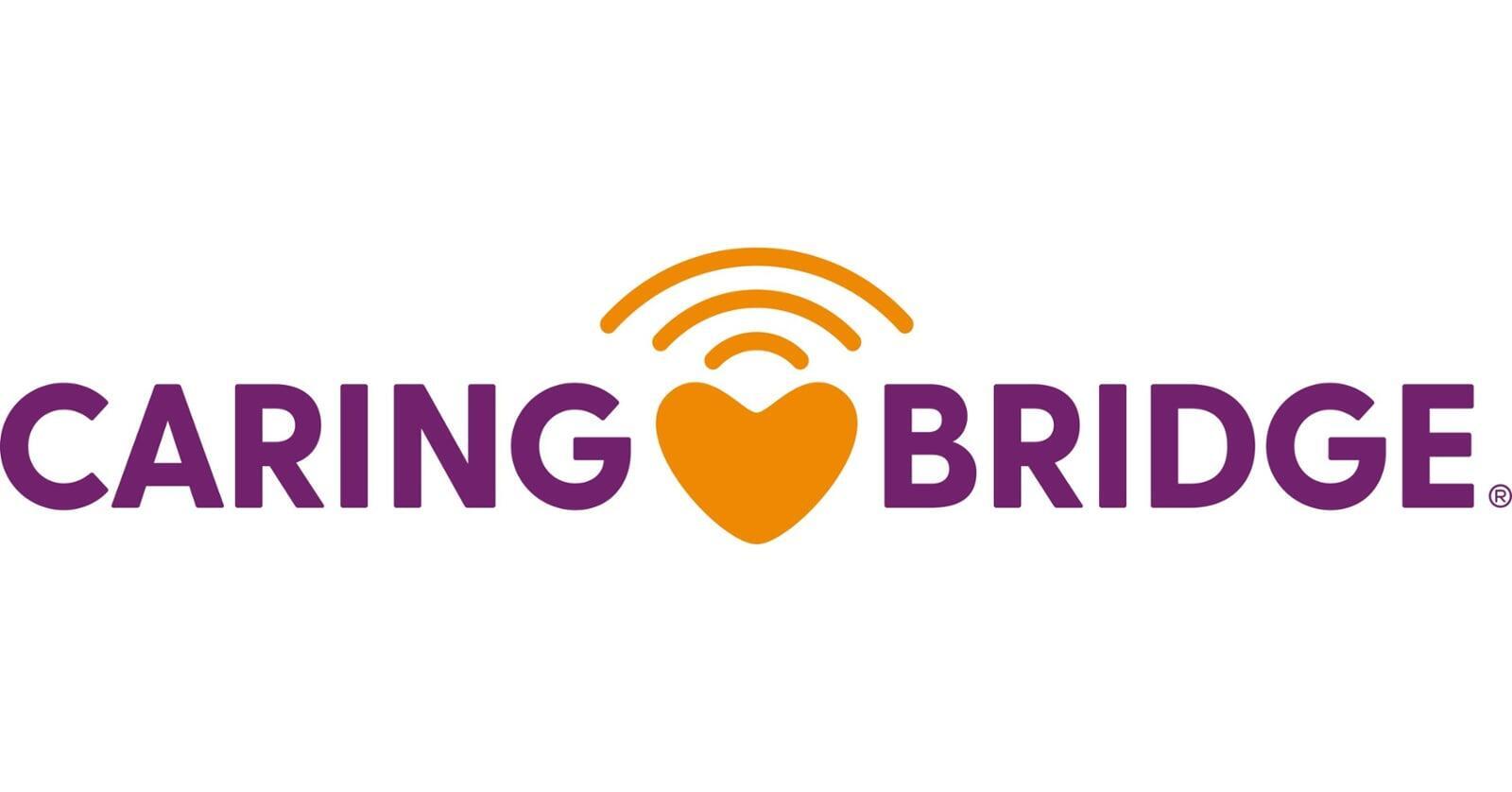Building a Support Team
Assemble Allies for Strengthened Recovery

Introduction
Building a Support Team involves identifying and engaging a network of trusted individuals—family, friends, professionals, and peers—to provide emotional, practical, and informational assistance. For cancer survivors, this tool creates a reliable circle of support to navigate recovery challenges and celebrate progress.
What You Need To Know
How To Do It
Instructions:
1. Prepare Your Tools
- Use a notebook, spreadsheet, or digital app to list potential team members and their roles.
- Allocate 10–20 minutes to brainstorm.
2. Identify Your Needs
- Reflect on recovery areas needing support (e.g., emotional listening, transportation to appointments, meal preparation).
- Categorize needs: emotional, practical, medical, informational.
3. List Potential Members
- Write down family, friends, healthcare providers, support group peers, or community resources.
- Consider strengths: Who is reliable? Empathetic? Knowledgeable?
- Don't leave people out: Keep in mind that family members and friends are processing the impact of your cancer, too. Even if they are very busy, you could ask them to do something quite small.
4. Define Roles and Responsibilities
- Assign specific roles (e.g., “Friend A: Weekly check-in calls”).
- Prioritize which roles are urgent or more important (e.g., caregiver for treatments).
- Identify roles that have specific time commitments (e.g. drive to morning doctor appointments).
5. Communicate and Invite
- Share your needs clearly (e.g., “I’d appreciate help with grocery shopping”).
- Express gratitude and set boundaries to avoid caregiver burnout.
6. Schedule and Coordinate
- Use Time Blocking: Set regular check-ins or support times (e.g., bi-weekly calls).
- Create a shared calendar or app for coordination.
7. Monitor and Adjust
- Review team effectiveness periodically (e.g., “Is this support helping?”).
- Be pragmatic about what's working and what isn't.
- Be flexible: Add or adjust roles or members based on recovery changes.
8. Handle Challenges Gently
- If conflicts arise, address openly or seek mediation.
- Rotate or change roles to prevent overload; seek professional help if needed.
9. Conclude Positively
- Reflect on each supportive interaction and find a way to give positive feedback (even when things don't go perfect).
- Give appreciation to each team member to reinforce and strengthen your connection.
Helpful Tips:
- Start small: Begin with 3–5 core members to avoid overwhelm.
- Be specific: Clearly define roles to match needs.
- Use symbols: Mark roles (e.g., * for emotional support) for quick reference.
- Stay grateful: Regularly thank team members to strengthen bonds.
- Combine with apps: Use shared tools for easy coordination.
- Track impact: Note how support affects mood or progress.
- Consult professionals: Include your care team in planning.
- Adapt for recovery: Adjust as energy or needs change.
- Celebrate together: Share milestones with your team.
Related Topics:
Strongly Related
Reduce Stress:
[Links to related web pages]
[Links to related web pages]
Issue C:
[Links to related web pages][Links to related web pages]
Moderately Related
Issue B:
[Links to related web pages]
[Links to related web pages]












